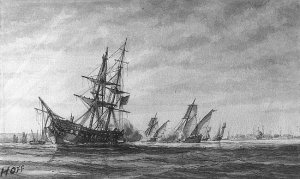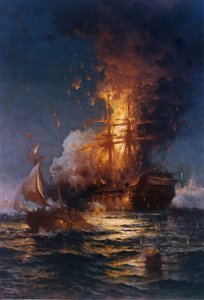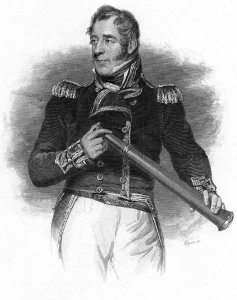Today in Naval History - Naval / Maritime Events in History
29 October 1955 – The Soviet battleship Novorossiysk (ex italian Giulio Cesare) strikes a World War II mine in the harbor at Sevastopol.
Giulio Cesare was one of three Conte di Cavour-class dreadnought battleships built for the Royal Italian Navy (Regia Marina) in the 1910s. She served in both World Wars, although she was little used and saw no combat during the former. The ship supported operations during the Corfu Incident in 1923 and spent much of the rest of the decade in reserve. She was rebuilt between 1933 and 1937 with more powerful guns, additional armor and considerably more speed than before.
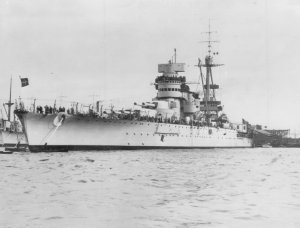
Both Giulio Cesare and her sister ship, Conte di Cavour, participated in the Battle of Calabria in July 1940, when the former was lightly damaged. They were both present when British torpedo bombers attacked the fleet at Taranto in November 1940, but Giulio Cesare was not damaged. She escorted several convoys to North Africa and participated in the Battle of Cape Spartivento in late 1940 and the First Battle of Sirte in late 1941. She was designated as a training ship in early 1942, and escaped to Malta after Italy surrendered. The ship was transferred to the Soviet Union in 1949 and renamed Novorossiysk (Russian: Новороссийск). The Soviets also used her for training until she was sunk, with the loss of 608 men, when an old German mineexploded in 1955. She was salvaged the following year and later scrapped.
Soviet service
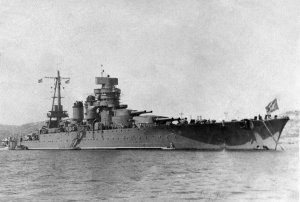
Novorossiysk at anchor, flying the Soviet ensign
After the war, Giulio Cesare was allocated to the Soviet Union as part of the war reparations. She was moved to Augusta, Sicily, on 9 December 1948, where an unsuccessful attempt was made at sabotage. The ship was stricken from the naval register on 15 December and turned over to the Soviets on 6 February 1949 under the temporary name of Z11 in Vlorë, Albania. She was renamed Novorossiysk, after the Soviet city on the Black Sea. The Soviets used her as a training ship, and gave her eight refits. In 1953, all Italian light AA guns were replaced by eighteen 37 mm 70-K AA guns in six twin mounts and six singles. Also replaced were her fire-control systems and radars. The Soviets intended to rearm her with their own 305 mm guns, but this was forestalled by her loss. While at anchor in Sevastopol on the night of 28/29 October 1955, an explosion ripped a 4-by-14-meter (13 by 46 ft) hole in the forecastle forward of 'A' turret. The flooding could not be controlled, and she capsized with the loss of 608 men, including men sent from other ships to assist.
The cause of the explosion is still unclear. The official cause, regarded as the most probable, was a magnetic RMH or LMB bottom mine, laid by the Germans during World War II and triggered by the dragging of the battleship's anchor chain before mooring for the last time. Subsequent searches located 32 mines of these types, some of them within 50 meters (160 ft) of the explosion. The damage was consistent with an explosion of 1,000–1,200 kilograms (2,200–2,600 lb) of TNT, and more than one mine may have detonated. Nonetheless, other explanations for the ship's loss have been proposed, and the most popular of these is that she was sunk by Italian frogmen of the wartime special operations unit Decima Flottiglia MAS who – more than ten years after the cessation of hostilities – were either avenging the transfer of the former Italian battleship to the USSR or sinking it on behalf of NATO. Novorossiysk was stricken from the naval register on 24 February 1956, salvaged on 4 May 1957, and subsequently scrapped.
A very good article taken from http://survincity.com/2012/12/the-battleship-novorossiysk-lurking-death/
The battleship Novorossiysk — lurking death
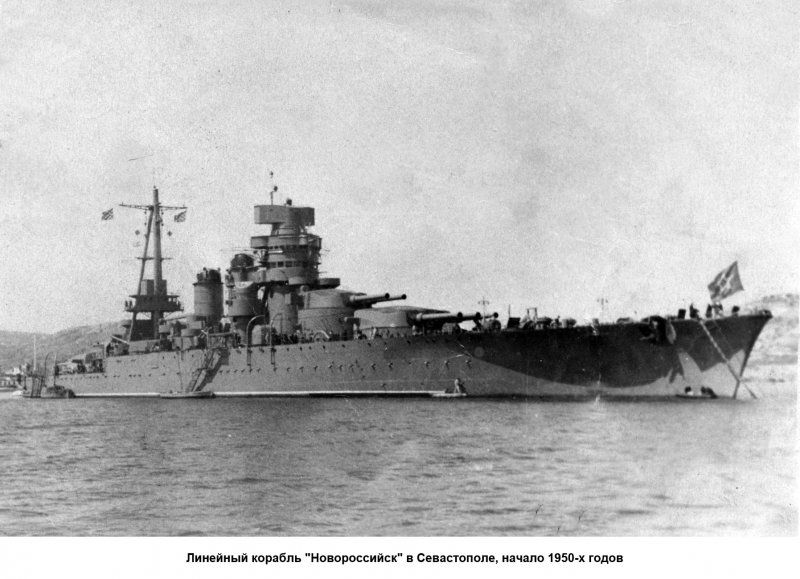
Frogmeny — this submarine-blasters, which are one of the more secretive special units of the Navy at least some of the army. First information about them came during the second world war. Their main task was reduced to undermine coastal fortifications for the upcoming landing operations. These units were in the German Navy, the United Kingdom, the Soviet Union, the U.S. and Italy. About frogmenah and it will be the last.
Even despite the fact that the Italian division of fighters early in the war allowed the bottom of about 30 vessels of their own allies, among which two battleships and the British, Italian and English frogmeny started to cooperate intensively in 1943. Italian Prince Valerio Borghese, known under the name of the Dark Prince, which was the commander of special forces commandos submarine and torpedo boats, was able to escape punishment for war crimes because they took him under their protection by the British.
When it was decided to transfer the Russian Union of Italian battleship "Giuseppe Cesare," Italian media appreciated this fact as a public disgrace. In the end, Dark prince swore that before anything did not stop, and if you want to be — and that would undermine the battleship, but to serve the Soviets that will not happen. In 1949, he gave the order to his own special divisions frogmenov sink the ship in the Aegean Sea, which at the time was heading to the USSR from Albania. For the successful execution of the job has been promised a great reward currency. Since the information about the diversion penetrated the Russian Alliance, the "Giuseppe Cesare" was placed under the protection of the submarine with swimmers "Barracuda" — a top-secret unit. All commandos who took part in the operation, were destroyed, and the ship arrives safely in Sevastopol. In the same year the ship modernized and given a new name — "Novorossiysk", then he took the place of the flagship of the Black Sea Fleet.
Around 17.00 October 28, 1955 the ship returned to port, and a couple of hours moored in the bay near the naval hospital. At about 1.30 in the bow of the battleship explosion, which destroyed all of the horizontal overlap on the forecastle deck to the very bottom. The total area of damage was about 430 square meters on a plot of 22 meters in length.

The explosion took with him hundreds of lives of seafarers. According to the official version, the cause of the explosion was the German mine that has remained since the war times. Sailors accused of negligence, and the protection of the town from the sea and from the land was considered very satisfactory. Indeed, the boom was exposed only at night, and it was not a severe obstacle for professional saboteur.
In the course of the investigation, which, by the way, lasted only one week, the Commission has decided not to take into account the huge number of suspicious facts and circumstantial evidence found during the investigation. The members of the committee have not been able to answer the question, why after so many years of work for clockwork mines, and why it is effective in a more vulnerable position ship. Many knew it was sabotage operation, and that the perpetrators must be found in the middle of its former owners. Instead, the Commission noted the shortcomings of constructive and technical support vitality and unsinkable battleship.
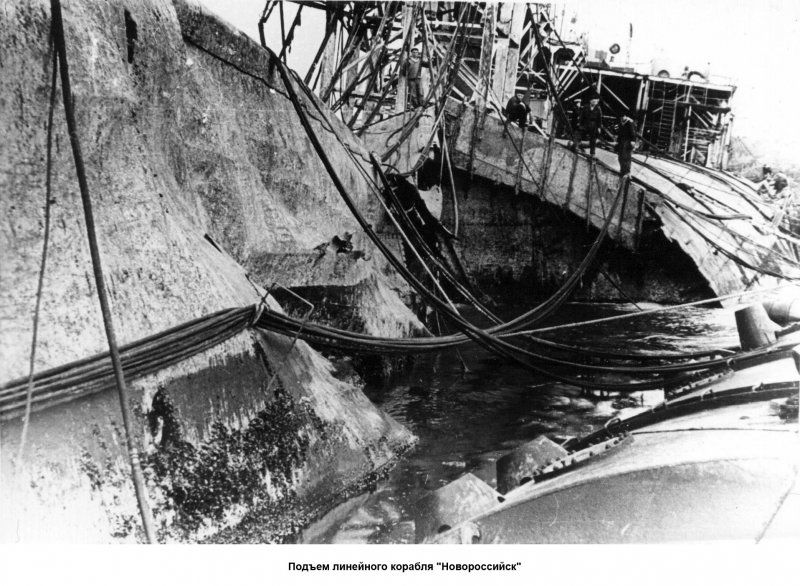
According to one version, the preparation of the terrorist act took place followed properly. Prior to 1954 Borghese lived in Spain, but funds for large-scale sabotage operations had because of the arrest of their own bank accounts in Switzerland, Liechtenstein and Italy. Then he had to realize Franco drawings technically perfect little submarine "Wasp" in what used electronic engines. To control the boat submariners were supposed to be outside. So Makar, the saboteurs could sneak undetected into the bay, and even undermine what the ship. After receiving funds, the Dark prince started to implement its own plan. And after a while after the explosion, and he and several members of his entourage were given a large Municipal Awards Italy.
And only in 1997, one of the frogmenov, some Nicolo, publicly spoke about how exactly was destroyed "Novorossiysk". According to him, he was the last survivor of all those involved in the attack, saboteurs.
Preparation for a terrorist attack carried out recognizable Italian submariner in the course of the year. Then ship cargo ship flying the flag of Liberia has been focused in the dark sea. The speed of the vessel and its course was designed in such a Makarov to go Chersonese lighthouse is 15 miles from the coast at midnight on October 26. In the bottom of the cargo ship was made a special cut-out, which was released through a mini-submarine "Piccolo" with equipment and saboteurs, then himself ship went its course. Not far from the Omega Bay near Sevastopol commandos staged an underwater base, where all the equipment and left, then came back out to sea. After having been obtained by a prearranged signal the location of the battleship, they returned to base, they took all the right and came to the ship, using gidrobuksiry. Apart from their own explosives they used and found a bottom mine. Later saboteurs returned to the bay and the NIGHT MODE headed out to sea, where they are expected ship.
It is also clear that in the 50 years of the twentieth century, the case between the former allies deteriorated to such an extent that the world was on the brink of modern war. Totally could be that the management decided to kill NATO battleship, Using Italian saboteurs to further destabilize the situation.
Russian military command meant that the terrorist attack implicated former allies, and that we can expect from them and other dirty tricks. And after some time the cruiser "Kerch", as, in general, four destroyers and one submarine, purchased from Italy, were sent for scrap.
Around the same time, there was another story associated with the activities of saboteurs submarine. Been written about in newspapers around the world (except Russian). In 1956, in order to significantly reduce tension in international relations in the UK with a friendly visit came Nikita Khrushchev, which served as First Secretary of the Central Committee of the Communist Party. Frogmenov group led by Lionel Crabbe beginning of intelligence operations, carrying out inspection of Russian ship on which a delegation from the USSR. During this operation, Crabbe just disappeared. The Western press has linked his disappearance to the activities of "Barracuda", which the swim
mers were armed Russian ship. Approximately year Crabbe's body was found near Pils Island with his hands and his head cut off.
But back to the disaster "Novorossiysk". The fact that his destruction of a hand in the NATO security forces, says the fact that in 1978, after the death of the Dark Prince, published a book of his biographer, under the title "Valerio Borghese. My furtive war "in what has been described and sabotage against the battleship. Moreover, it immediately rebuked in the UK, the U.S. and Canada, then it is not reprinted.
In 1992, the Chief of the Italian Navy G.Venturioni acknowledged that sank the "Novorossiysk" specifically Italian frogmeny. But he insisted that it was made without the knowledge of the authorities. But after all the commandos after the operation bestowed! ..
The death of the battleship have been the subject of articles in almost all known publications. In the years since the disaster, has developed many versions, each of which has numerous enemies and supporters. In 1996, the Main Military Prosecutor's Office after numerous appeals veteran sailors began for the verification of the results of the investigation. As it turns out, all the crew members were presented to the government awards — the Order of Red Banner, the Order of Lenin, Nakhimov and Ushakov also "For Valour". But, since the time of the discovery of these premium sheets had neither orders nor of the Russian Union, all the ship's sailors were awarded the Order of Courage.
In addition, in Sevastopol was created two memorials: the Brethren cemetery and the cemetery Communards. And the 36th anniversary of the death of the ship were a memorial plaque with the names of the dead sailors, also a bronze plaque.
https://en.wikipedia.org/wiki/Italian_battleship_Giulio_Cesare
http://wikimapia.org/10788388/Site-of-Sinking-Battleship-Novorossiysk-29-10-1955
29 October 1955 – The Soviet battleship Novorossiysk (ex italian Giulio Cesare) strikes a World War II mine in the harbor at Sevastopol.
Giulio Cesare was one of three Conte di Cavour-class dreadnought battleships built for the Royal Italian Navy (Regia Marina) in the 1910s. She served in both World Wars, although she was little used and saw no combat during the former. The ship supported operations during the Corfu Incident in 1923 and spent much of the rest of the decade in reserve. She was rebuilt between 1933 and 1937 with more powerful guns, additional armor and considerably more speed than before.

Both Giulio Cesare and her sister ship, Conte di Cavour, participated in the Battle of Calabria in July 1940, when the former was lightly damaged. They were both present when British torpedo bombers attacked the fleet at Taranto in November 1940, but Giulio Cesare was not damaged. She escorted several convoys to North Africa and participated in the Battle of Cape Spartivento in late 1940 and the First Battle of Sirte in late 1941. She was designated as a training ship in early 1942, and escaped to Malta after Italy surrendered. The ship was transferred to the Soviet Union in 1949 and renamed Novorossiysk (Russian: Новороссийск). The Soviets also used her for training until she was sunk, with the loss of 608 men, when an old German mineexploded in 1955. She was salvaged the following year and later scrapped.
Soviet service

Novorossiysk at anchor, flying the Soviet ensign
After the war, Giulio Cesare was allocated to the Soviet Union as part of the war reparations. She was moved to Augusta, Sicily, on 9 December 1948, where an unsuccessful attempt was made at sabotage. The ship was stricken from the naval register on 15 December and turned over to the Soviets on 6 February 1949 under the temporary name of Z11 in Vlorë, Albania. She was renamed Novorossiysk, after the Soviet city on the Black Sea. The Soviets used her as a training ship, and gave her eight refits. In 1953, all Italian light AA guns were replaced by eighteen 37 mm 70-K AA guns in six twin mounts and six singles. Also replaced were her fire-control systems and radars. The Soviets intended to rearm her with their own 305 mm guns, but this was forestalled by her loss. While at anchor in Sevastopol on the night of 28/29 October 1955, an explosion ripped a 4-by-14-meter (13 by 46 ft) hole in the forecastle forward of 'A' turret. The flooding could not be controlled, and she capsized with the loss of 608 men, including men sent from other ships to assist.
The cause of the explosion is still unclear. The official cause, regarded as the most probable, was a magnetic RMH or LMB bottom mine, laid by the Germans during World War II and triggered by the dragging of the battleship's anchor chain before mooring for the last time. Subsequent searches located 32 mines of these types, some of them within 50 meters (160 ft) of the explosion. The damage was consistent with an explosion of 1,000–1,200 kilograms (2,200–2,600 lb) of TNT, and more than one mine may have detonated. Nonetheless, other explanations for the ship's loss have been proposed, and the most popular of these is that she was sunk by Italian frogmen of the wartime special operations unit Decima Flottiglia MAS who – more than ten years after the cessation of hostilities – were either avenging the transfer of the former Italian battleship to the USSR or sinking it on behalf of NATO. Novorossiysk was stricken from the naval register on 24 February 1956, salvaged on 4 May 1957, and subsequently scrapped.
A very good article taken from http://survincity.com/2012/12/the-battleship-novorossiysk-lurking-death/
The battleship Novorossiysk — lurking death

Frogmeny — this submarine-blasters, which are one of the more secretive special units of the Navy at least some of the army. First information about them came during the second world war. Their main task was reduced to undermine coastal fortifications for the upcoming landing operations. These units were in the German Navy, the United Kingdom, the Soviet Union, the U.S. and Italy. About frogmenah and it will be the last.
Even despite the fact that the Italian division of fighters early in the war allowed the bottom of about 30 vessels of their own allies, among which two battleships and the British, Italian and English frogmeny started to cooperate intensively in 1943. Italian Prince Valerio Borghese, known under the name of the Dark Prince, which was the commander of special forces commandos submarine and torpedo boats, was able to escape punishment for war crimes because they took him under their protection by the British.
When it was decided to transfer the Russian Union of Italian battleship "Giuseppe Cesare," Italian media appreciated this fact as a public disgrace. In the end, Dark prince swore that before anything did not stop, and if you want to be — and that would undermine the battleship, but to serve the Soviets that will not happen. In 1949, he gave the order to his own special divisions frogmenov sink the ship in the Aegean Sea, which at the time was heading to the USSR from Albania. For the successful execution of the job has been promised a great reward currency. Since the information about the diversion penetrated the Russian Alliance, the "Giuseppe Cesare" was placed under the protection of the submarine with swimmers "Barracuda" — a top-secret unit. All commandos who took part in the operation, were destroyed, and the ship arrives safely in Sevastopol. In the same year the ship modernized and given a new name — "Novorossiysk", then he took the place of the flagship of the Black Sea Fleet.
Around 17.00 October 28, 1955 the ship returned to port, and a couple of hours moored in the bay near the naval hospital. At about 1.30 in the bow of the battleship explosion, which destroyed all of the horizontal overlap on the forecastle deck to the very bottom. The total area of damage was about 430 square meters on a plot of 22 meters in length.

The explosion took with him hundreds of lives of seafarers. According to the official version, the cause of the explosion was the German mine that has remained since the war times. Sailors accused of negligence, and the protection of the town from the sea and from the land was considered very satisfactory. Indeed, the boom was exposed only at night, and it was not a severe obstacle for professional saboteur.
In the course of the investigation, which, by the way, lasted only one week, the Commission has decided not to take into account the huge number of suspicious facts and circumstantial evidence found during the investigation. The members of the committee have not been able to answer the question, why after so many years of work for clockwork mines, and why it is effective in a more vulnerable position ship. Many knew it was sabotage operation, and that the perpetrators must be found in the middle of its former owners. Instead, the Commission noted the shortcomings of constructive and technical support vitality and unsinkable battleship.

According to one version, the preparation of the terrorist act took place followed properly. Prior to 1954 Borghese lived in Spain, but funds for large-scale sabotage operations had because of the arrest of their own bank accounts in Switzerland, Liechtenstein and Italy. Then he had to realize Franco drawings technically perfect little submarine "Wasp" in what used electronic engines. To control the boat submariners were supposed to be outside. So Makar, the saboteurs could sneak undetected into the bay, and even undermine what the ship. After receiving funds, the Dark prince started to implement its own plan. And after a while after the explosion, and he and several members of his entourage were given a large Municipal Awards Italy.
And only in 1997, one of the frogmenov, some Nicolo, publicly spoke about how exactly was destroyed "Novorossiysk". According to him, he was the last survivor of all those involved in the attack, saboteurs.
Preparation for a terrorist attack carried out recognizable Italian submariner in the course of the year. Then ship cargo ship flying the flag of Liberia has been focused in the dark sea. The speed of the vessel and its course was designed in such a Makarov to go Chersonese lighthouse is 15 miles from the coast at midnight on October 26. In the bottom of the cargo ship was made a special cut-out, which was released through a mini-submarine "Piccolo" with equipment and saboteurs, then himself ship went its course. Not far from the Omega Bay near Sevastopol commandos staged an underwater base, where all the equipment and left, then came back out to sea. After having been obtained by a prearranged signal the location of the battleship, they returned to base, they took all the right and came to the ship, using gidrobuksiry. Apart from their own explosives they used and found a bottom mine. Later saboteurs returned to the bay and the NIGHT MODE headed out to sea, where they are expected ship.
It is also clear that in the 50 years of the twentieth century, the case between the former allies deteriorated to such an extent that the world was on the brink of modern war. Totally could be that the management decided to kill NATO battleship, Using Italian saboteurs to further destabilize the situation.
Russian military command meant that the terrorist attack implicated former allies, and that we can expect from them and other dirty tricks. And after some time the cruiser "Kerch", as, in general, four destroyers and one submarine, purchased from Italy, were sent for scrap.
Around the same time, there was another story associated with the activities of saboteurs submarine. Been written about in newspapers around the world (except Russian). In 1956, in order to significantly reduce tension in international relations in the UK with a friendly visit came Nikita Khrushchev, which served as First Secretary of the Central Committee of the Communist Party. Frogmenov group led by Lionel Crabbe beginning of intelligence operations, carrying out inspection of Russian ship on which a delegation from the USSR. During this operation, Crabbe just disappeared. The Western press has linked his disappearance to the activities of "Barracuda", which the swim
mers were armed Russian ship. Approximately year Crabbe's body was found near Pils Island with his hands and his head cut off.
But back to the disaster "Novorossiysk". The fact that his destruction of a hand in the NATO security forces, says the fact that in 1978, after the death of the Dark Prince, published a book of his biographer, under the title "Valerio Borghese. My furtive war "in what has been described and sabotage against the battleship. Moreover, it immediately rebuked in the UK, the U.S. and Canada, then it is not reprinted.
In 1992, the Chief of the Italian Navy G.Venturioni acknowledged that sank the "Novorossiysk" specifically Italian frogmeny. But he insisted that it was made without the knowledge of the authorities. But after all the commandos after the operation bestowed! ..
The death of the battleship have been the subject of articles in almost all known publications. In the years since the disaster, has developed many versions, each of which has numerous enemies and supporters. In 1996, the Main Military Prosecutor's Office after numerous appeals veteran sailors began for the verification of the results of the investigation. As it turns out, all the crew members were presented to the government awards — the Order of Red Banner, the Order of Lenin, Nakhimov and Ushakov also "For Valour". But, since the time of the discovery of these premium sheets had neither orders nor of the Russian Union, all the ship's sailors were awarded the Order of Courage.
In addition, in Sevastopol was created two memorials: the Brethren cemetery and the cemetery Communards. And the 36th anniversary of the death of the ship were a memorial plaque with the names of the dead sailors, also a bronze plaque.
https://en.wikipedia.org/wiki/Italian_battleship_Giulio_Cesare
http://wikimapia.org/10788388/Site-of-Sinking-Battleship-Novorossiysk-29-10-1955



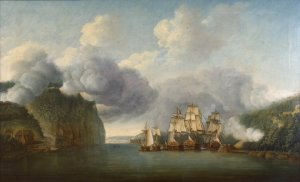

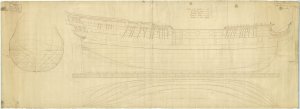
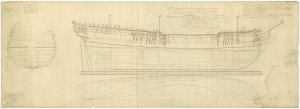
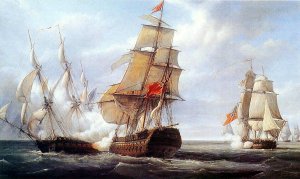
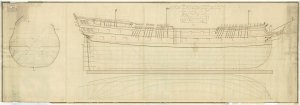
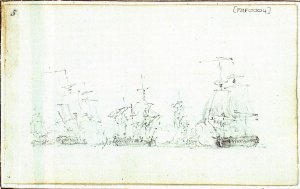
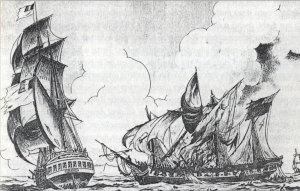
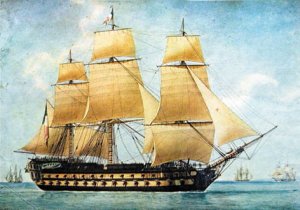
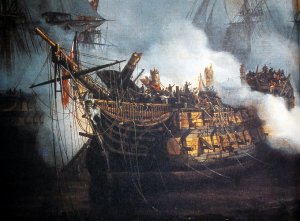
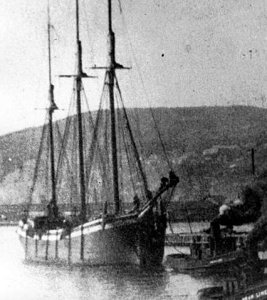
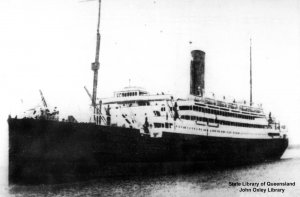
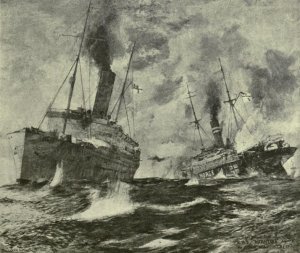

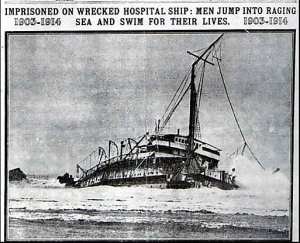
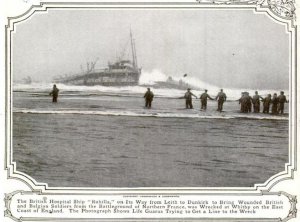
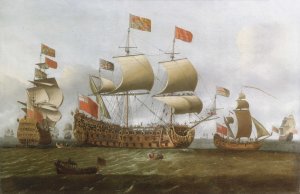
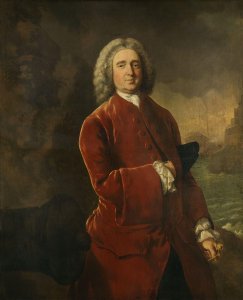
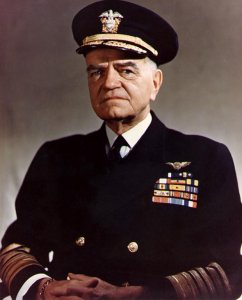
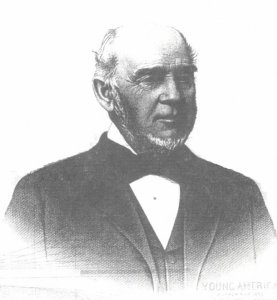
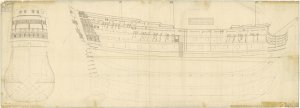

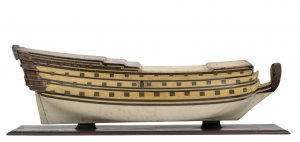
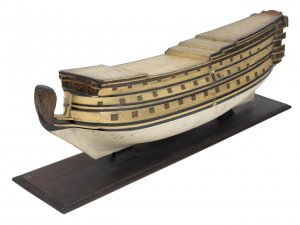
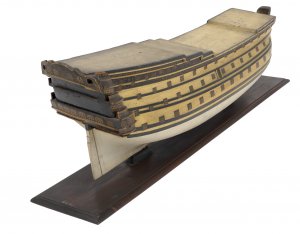
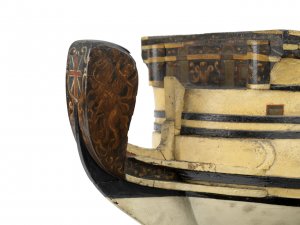
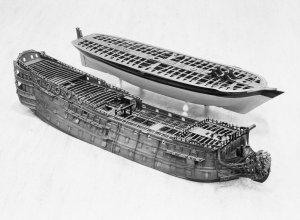
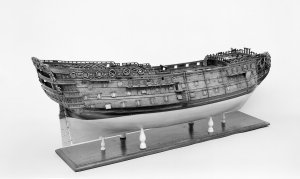


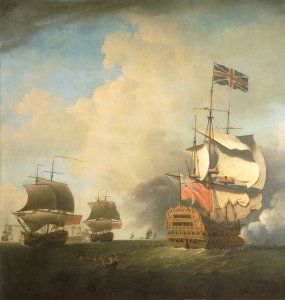
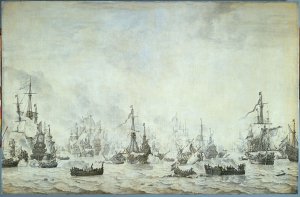
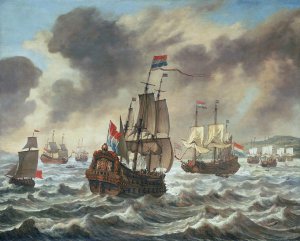
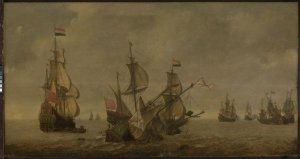
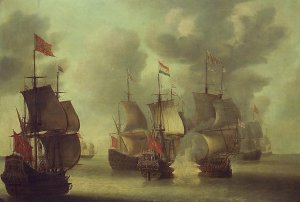
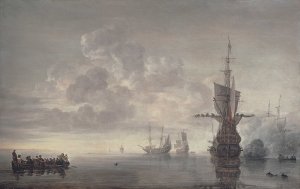
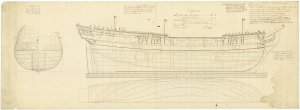
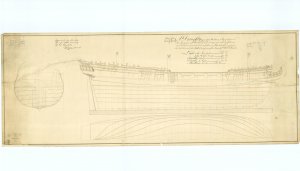
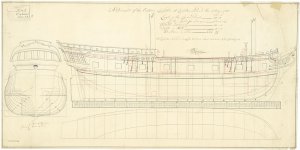
 of the sinking of the Ontario was kept quiet for a number of years to hide the military loss.
of the sinking of the Ontario was kept quiet for a number of years to hide the military loss.